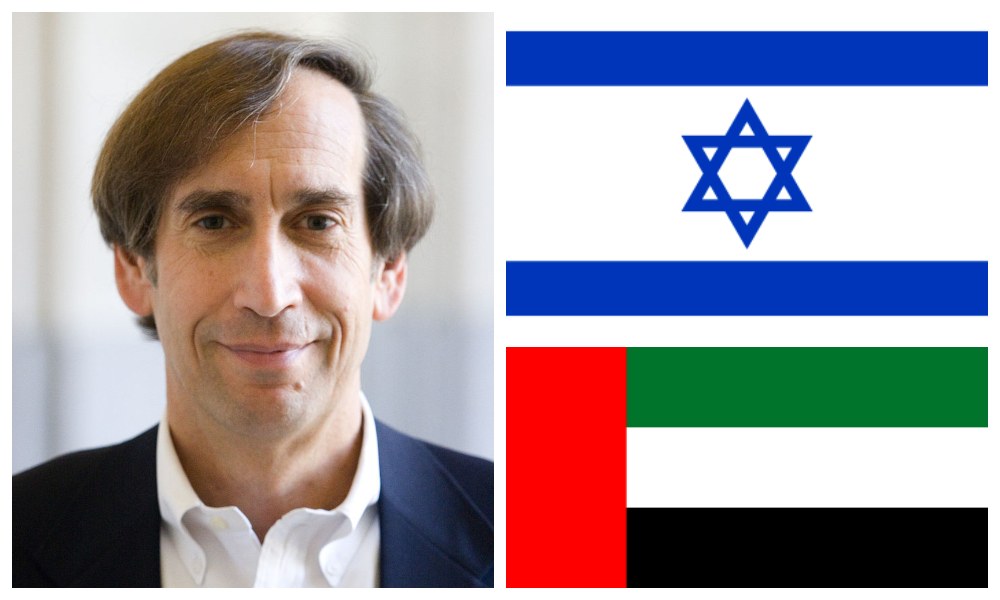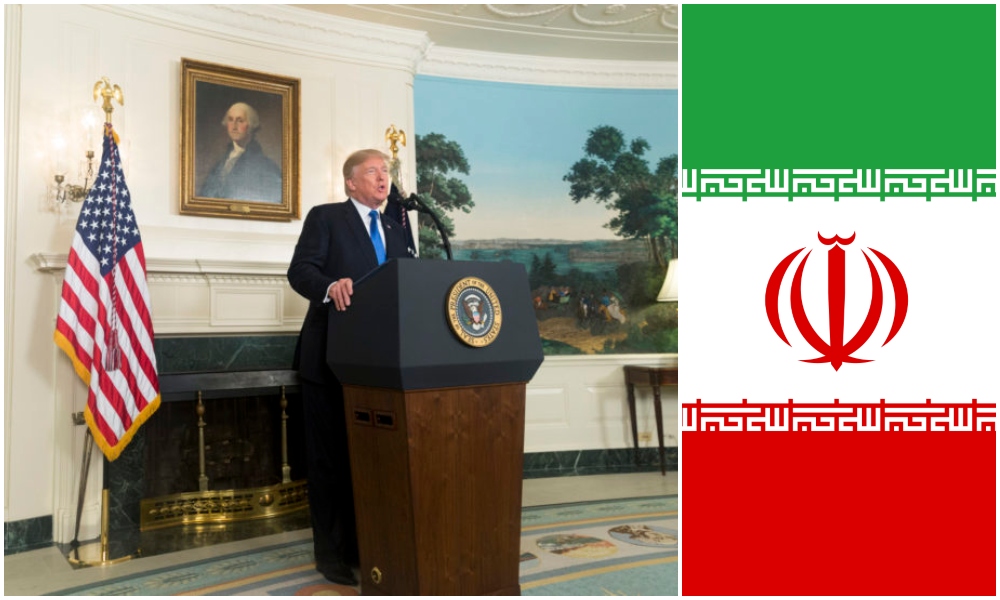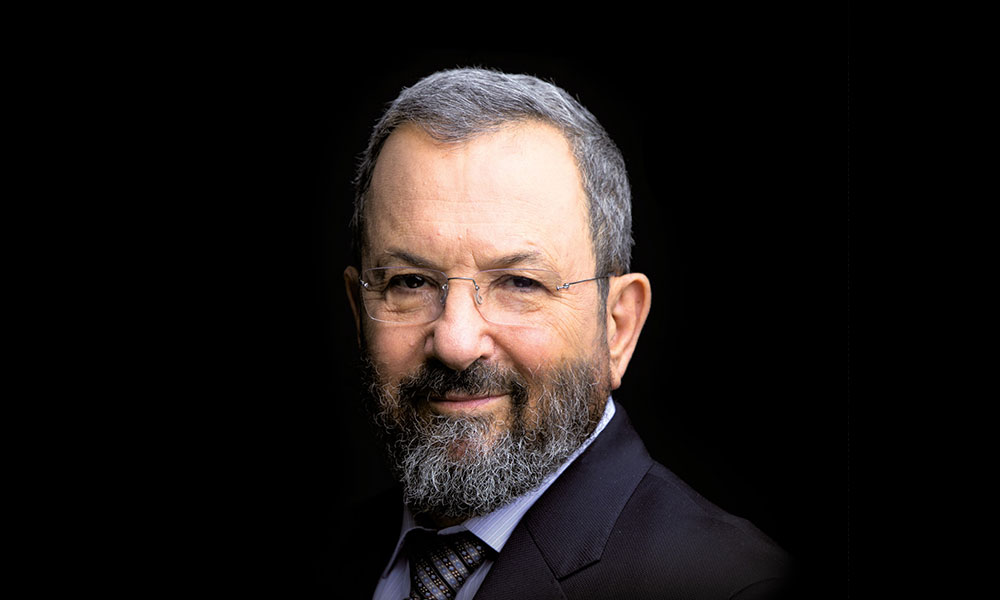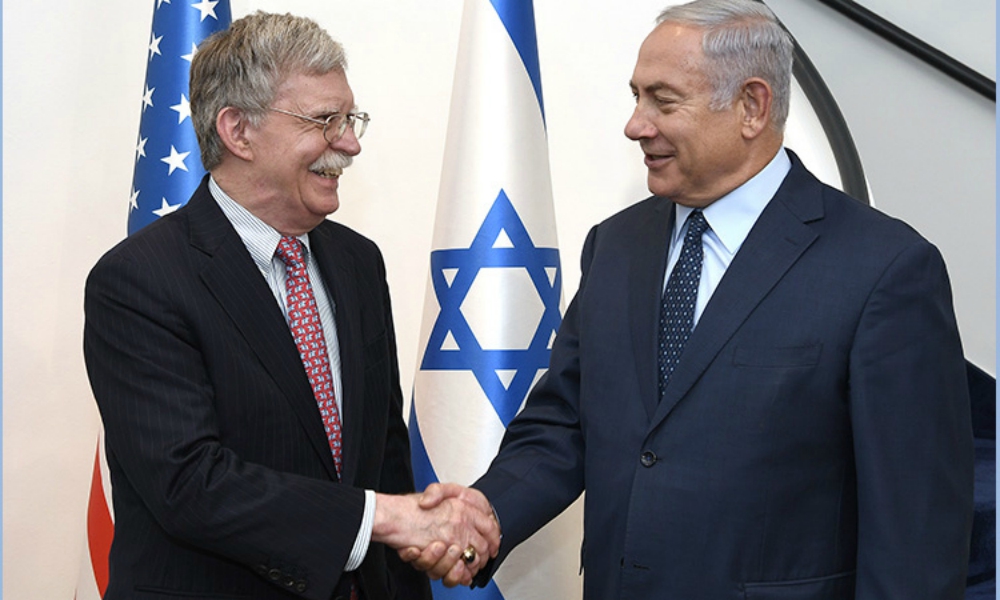Some people can’t handle the findings of a study that dares to compare Palestinian and Israeli textbooks.
In America, we know full well the intensities that accompany the battle of the textbook. In Texas, textbooks have been rejected for teaching evolution as a science. California law requires the teaching of the Armenian genocide, and textbooks adjust to that requirement if they want to be selected by school boards.
With that in mind, we can better understand the brouhaha that is breaking out about the latest study of Palestinian and Israeli textbooks, which found that while both sides largely present one-sided narratives, and while Israeli state textbooks are better on most measures, “dehumanizing and demonizing characterizations” are “rare” in both Israeli and Palestinian texts.
Yes, there had been studies of Palestinian textbooks before—usually by individuals or groups skeptical of the “peace process.” But this was the first systematic study undertaken by a joint Israeli-Palestinian team, with assistance from Yale University, and it was the first one to look analytically at both Palestinian and Israeli textbooks. It looked at textbooks from the Israeli secular, national religious and ultra-Orthodox communities and the textbooks used in Palestinian Authority schools as well as a number of private schools and a small number of Islamic schools.
The study was initiated by the Council of Religious Institutions of the Holy Land, a group consisting of the heads of the religious leaders resident in Israel and Palestine, including the chief rabbis, and was organized by Bruce Wexler, an emeritus psychiatry professor from Yale.
Sadly, the Israeli government refused to cooperate with the study. And it denounced the results out of hand, claiming they were “predetermined” and that the very effort to suggest parallels between the Israeli and Palestinian educational systems “lacks any basis in reality.” Following in step, Anti-Defamation League National Director Abraham Foxman called the report “an artificial investigation,” arguing that the very exercise of comparing Palestinian and Israeli textbooks is “distorted” in that it seeks to “put the Palestinians in a better light.” Piling on, Commentary attacked the study’s provenance, calling the Council a “left-leaning” group.
So what is it about the report that calls forth such bile? Surely it is not the idea of studying Israeli textbooks. Consider this: A 2010 survey revealed that 59 percent of Israeli teens ages 15-18 do not believe Arabs should have equal rights in Israel. Fifty percent said they did not want to sit in a classroom with an Arab. More recently, both Prime Minister Benjamin Netanyahu and Jerusalem Mayor Nir Barkat have accused young fans of the Beitar football team of racism. With all this, is it “artificial” to inquire if Israeli textbooks may have something to do with this lamentable situation? Even if the problem goes beyond textbooks?
One sin, it seems, is that the study has the audacity to look at Israeli and Palestinian textbooks together—even though scholars have done the same with East and West German, Bosnian and Serbian, and Turkish and Greek Cypriot educational materials.
But perhaps the real “sin” is that the study gives the Palestinians some credit for trying—and for actual improvement. For many years, Jewish groups have issued reports claiming that Palestinian textbooks teach hate and never admit the existence of the State of Israel. This comfortable narrative confirms Israelis in the bedrock belief that Palestinians don’t want peace—after all, they are teaching their children to hate, not to live together.
Take one of the most contentious issues in the textbook debate, the question of maps. Israeli critics have long asserted that Palestinian maps show no reference to Israel, using this absence as proof that the Palestinian Authority does not recognize the existence of the State of Israel. The study affirms this, noting that only 13 percent of Palestinian textbooks show the Green Line separating Israel from Palestine and that of these, only 4 percent label the area west of the line as “Israel.”
But the Israeli maps are not much better. In October 1967, then-Minister of Labor Yigal Alon ordered the government survey department to stop showing the Green Line on government maps. And until 2006, maps in Israeli textbooks did not show the Green Line. When then-Minister of Education Yuli Tamir decreed that year that Israeli textbooks should do so, the reaction was harsh. The Knesset Education Committee rejected the proposal and accused Tamir of “politicizing” the education system. Even today, the new study shows, more than 70 percent of Israeli textbooks omit reference to any kind of Palestinian entity between the Mediterranean and the Jordan River. So much for the two-state solution.
Another criticism of the report is that it includes haredi textbooks but not “Hamas” textbooks from Gaza. Yes, the haredi textbooks are far more negative about Palestinians than the textbooks in state schools. But more than 26 percent of Israeli schoolchildren attend haredi schools, and leaving their textbooks out would surely provide a distorted picture. As to Gaza, if the critics had actually read the report, they would learn that 67 percent of Gazan children go to United Nations-sponsored schools, which are obliged to use Palestinian Authority texts. And the P.A. Ministry of Education points out that all the Palestinian schools in Gaza in fact do so, except for two schools that follow the Islamic religious curriculum and use Jordanian textbooks. So, however Hamas works to inculcate hatred of Israel, it does not seem to be through school textbooks.
Anyone who bothers to read the entire report will see that Israeli textbooks fare significantly better than Palestinian ones on every measure used. The study found that except for the haredi textbooks, the Israeli textbooks are more self-critical, less negative and provide more information about “the other.” In short, the Israeli textbooks win on “points.” But that is not enough for the critics. They need a narrative that is black and white. They cannot imagine a world where some (I said some) Palestinian textbooks don’t demonize Jews. When it comes to the Israeli-Palestinian conflict, it appears that all too many in the pro-Israel community can’t handle good news.
Marshall Breger is professor of law at Catholic University.













